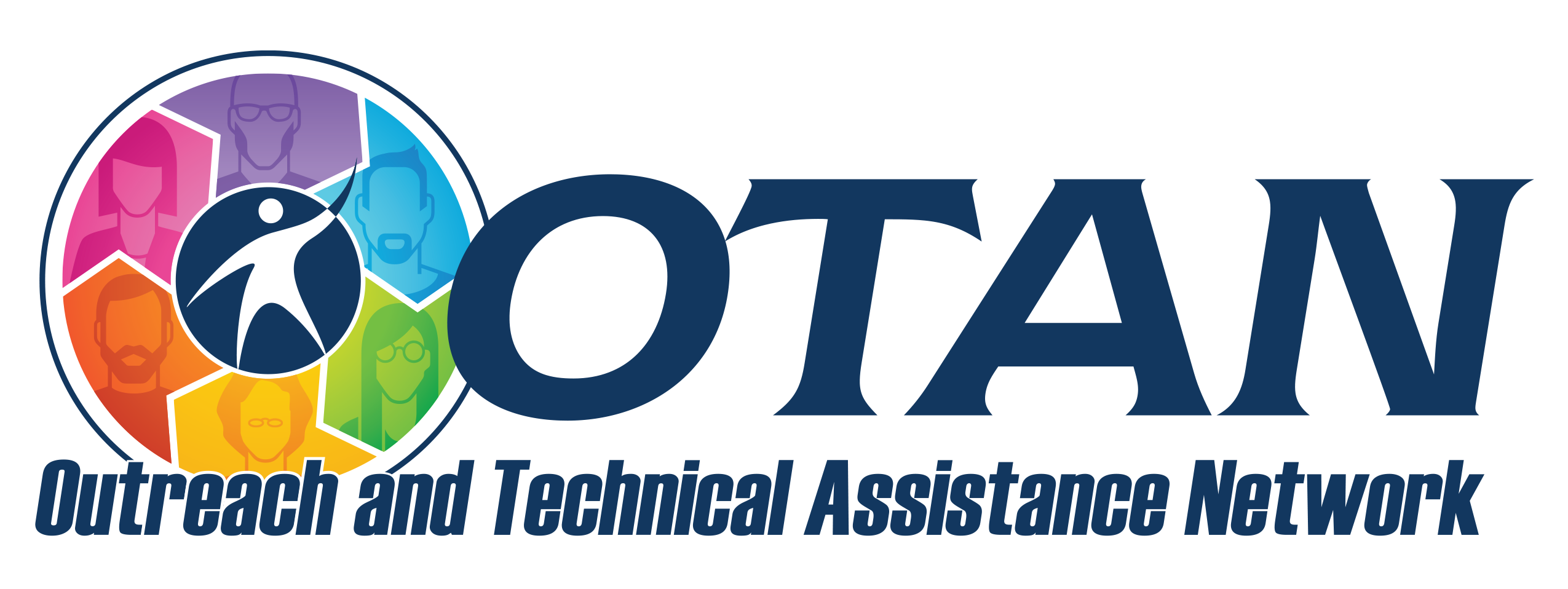Search
Wordsmyth: Audio Glossary Maker
Details
Activity Description
Use Wordsymth's Glossary Maker to create a glossary of vocabulary words that will appear in class readings, lectures, spelling, or vocabulary lists. The glossary is customizable and has audio so that students can hear the pronunciation of words on the list. Students will need to create an account to use Wordsmyth.
Preparation
- Make sure that the site and any glossary activity you share via e-mail or posting on a class Web site are not blocked at your school before using it or having students use it.
- Decide how you will share the glossary with students - by e-mail, providing the Web address (URL), or posting the link to a class Web site.
- Set speaker settings to a reasonable volume.
How-To
To create a glossary, follow these steps:
- Prepare a list of words that are new and unfamiliar to your students that will appear in an upcoming reading, vocabulary lesson, or other activity. Note that with a free account, each glossary entry can contain a maximum of 12 words.
- Go to Wordsmyth and create an account by selecting Sign Up in the upper right corner of the page.
- Fill out the form and choose Register. (Registration requires an e-mail address and you will get an activation code in your e-mail, so be sure you have access to your e-mail when setting up an account.)
- Once your account is activated, select Glossary Maker from the navigation buttons across the top of the page..
- Choose a dictionary level to use for your glossary (Advanced, Intermediate, or Beginner’s).
- Type the words for your glossary in the space below. Separate each keyword with a space. To list two words together, contain them in quotation marks (example: "test tube").
- Provide a glossary title (optional) and select whether or not to include the date with the title.
- Choose which fields to display: Concise Dictionary (definition, pronunciation, part of speech), Concise Thesaurus (definition, synonyms, pronunciation, part of speech), or Custom Glossary (if you select this option, you can check to include the any or all of the following: syllable, pronunciation, inflection, definition, example, synonym, antonym, related word, phrase, derivation).
- Select the Next button.
- Select the definitions you want to use. You can select the Customize link (next to individual definitions) if you want to change or annotate definitions. If you chose the Custom Glossary and selected to include Example, you can also select Add Example if you would like to add one of your own.
- Select Next.
- You may print or save your glossary. When the glossary is saved, the Web address (URL) can be e-mailed or posted on a class Web site. Students can navigate to the URL, study the list, select the speaker icons to hear pronunciations, and print the glossary themselves.
Teacher Tips
- Once you create an account, you can edit or delete glossaries by logging in to your account and selecting the activity from My Activities.
- The site contains some advertising, but it is largely contained on the screens you use to create the glossary, not the screens that will show your glossary words to students, so hopefully it will not be much of a problem.
More Ways
- The site has many other resources:
- Beginning, intermediate, and advanced dictionaries (see the left sidebar)
- Reverse Search - search within the full text of dictionary entries for words, word parts, and phrases (see the Search Tools menu)
- Illustrated / Children’s Dictionary (under Dictionaries)
- Quiz Makers (fill-in, matching, multiple choice).
Program Areas
- ESL: English as a Second Language
Levels
- Beginning High
- Intermediate Low
- Intermediate High
- Advanced
Lesson Plan
Objective: Introduce the Wordsmyth website and its purpose.
Begin with a brief discussion on the importance of building a strong vocabulary for academic success.
Introduce Wordsmyth as a tool that can help them understand words better, find synonyms, and see examples of how words are used in sentences.
Show the website on the projector and give a quick overview of its main features (Dictionary, Thesaurus, Examples, etc.).
By the end of the lesson, students will be able to use the Wordsmyth website to look up word definitions, synonyms, and example sentences, and use these tools to enhance their vocabulary and understanding of academic language.
Distribute the handout with step-by-step instructions on using Wordsmyth.
Using the handout, walk the students through the process of looking up a word. Choose a word from your vocabulary list, and demonstrate how to find the word's definition.
- How to look up synonyms and related words using the Thesaurus.
- How to see example sentences.
- Have students follow along on their own devices.
Individual Practice:
Assign a list of 5-10 vocabulary words related to the current unit.
Ask students to look up each word on Wordsmyth, find the definition, a synonym, and one example sentence for each word.
Students should record their findings in their notebooks or on a worksheet.
Group Practice:
Divide students into small groups.
Have each group choose one word from their list and create a new sentence using the word, ensuring it fits an academic context.
Each group will share their sentence with the class.
Monitor students during the independent practice to ensure they can use the website effectively.
Evaluate the sentences created during the group activity for correct usage of vocabulary.
Review the homework to assess their ongoing vocabulary development.
Recap the key features of Wordsmyth.
Ask a few students to share what they found most useful about the website.
Assign a homework task where students use Wordsmyth to look up and learn five new words related to an upcoming unit or topic.

